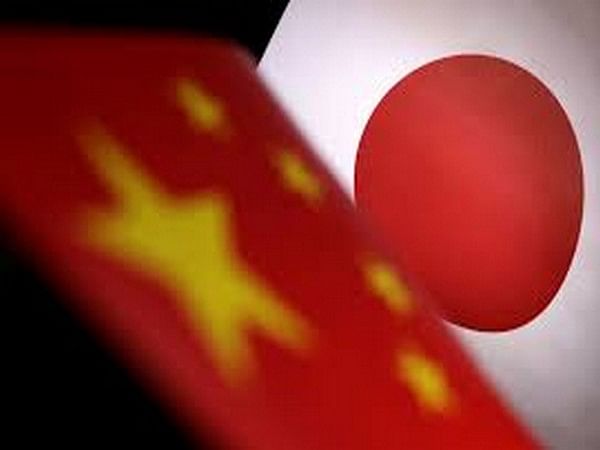Tokyo [Japan], October 29 (ANI): Amid rising tensions in the Indo-Pacific region, Japan working to bolster its defence capabilities with a new anti-ship missile aimed at countering China’s regional ambitions and strengthening control over contested waters, Asia Times reported.
The report cited a previous report by Naval News, which stated that Kawasaki Heavy Industries (KHI) is set to conduct the first test launch of its new anti-ship missile in fiscal year 2027.
This missile called the “New Anti-Ship Missile for the Defence of Remote Islands,” is part of Japan’s broader strategy to develop standoff missiles amid escalating tensions regarding the contested Senkaku Islands, the previous report had stated.
The missile will utilise KHI’s advanced KJ300 small fuel-efficient turbofan engine and is designed to be launched from beyond the range of enemy threats.
Notably, the Japanese Defence Ministry has allocated USD 223 million for the missile’s research and development from fiscal years 2023 to 2027.
With a projected range of 2,500 kilometres, the new missile can potentially reach inland China from western Japan.
This development is part of Japan’s Defence Buildup Program, which focuses on improving the country’s standoff defence capabilities with longer-range, low radar cross-section, and more mobile missiles. The program also includes the creation of a new precision-guided missile for surface-to-ship/surface use, drawing from research on the anti-ship missile project, as reported by Asia Times.
The successful implementation of this missile is expected to bolster Japan’s ability to target threats from a distance, enhancing its defence over remote islands and extending its influence in the region, including potential reach into inland China.
The Nansei/Ryukyu Islands hold significant strategic military value for China and Japan, serving as potential critical logistics, defence and power projection points, the report stated.
For China, these islands are critical for navigating the First Island Chain, essential for naval operations and a possible blockade of Taiwan. In contrast, Japan views these islands as a defensive line against Chinese expansion, aiming to establish an “island wall” equipped with advanced missile systems.
China has regularly conducted naval and air exercises around these islands, simulating attacks with its carrier battlegroups. In response, Japan’s 2022 National Security Strategy emphasises the deployment of long-range missiles and the enhancement of counterstrike capabilities against both China and North Korea.
Nonetheless, Japan faces considerable tactical, operational, and strategic challenges in its pursuit of long-range counterstrike capabilities, according to the Asia Times.
Japan’s renunciation of nuclear weapons and offensive military capabilities makes it challenging for it to implement deterrence by punishment, necessitating a deterrence-by-denial approach. (ANI)
This report is auto-generated from ANI news service. ThePrint holds no responsibility for its content.



